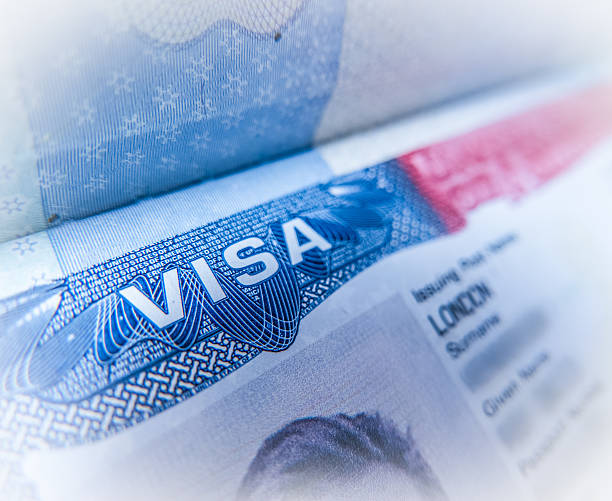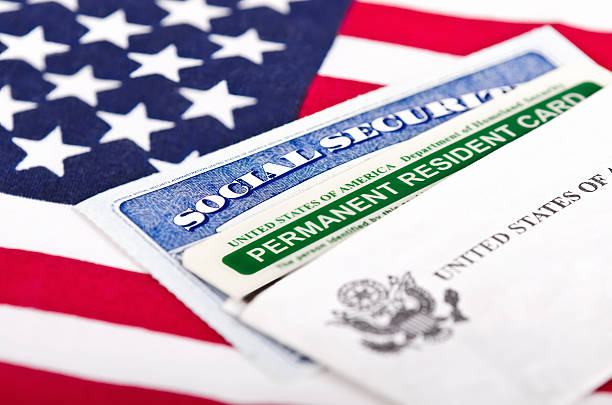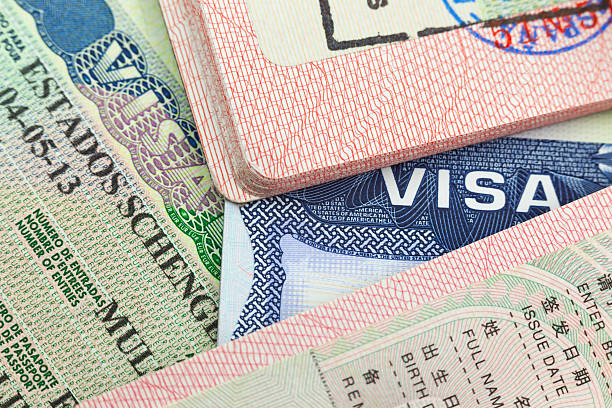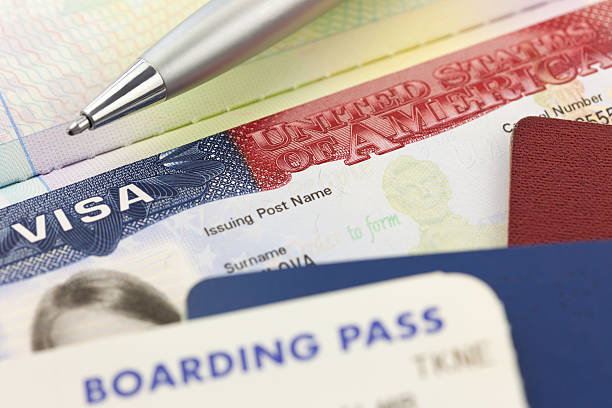
The Impact of Political Changes on Immigration Policies
The Impact of Political Changes on Immigration Policies
Immigration policies are often shaped and reshaped by the prevailing political climate. Political changes, whether they result from elections, shifts in government leadership, or changes in public sentiment, can have profound effects on immigration laws and regulations. Understanding how political changes influence immigration policies is crucial for anyone navigating the immigration process. This article explores the various ways in which political changes impact immigration policies and what it means for immigrants and policymakers alike.
1. Election Outcomes
One of the most significant drivers of changes in immigration policies is the outcome of elections. When a new government comes into power, especially if it belongs to a different political party than the previous administration, there are often shifts in immigration policy. For instance, a government with a conservative stance may implement stricter immigration controls, while a liberal government might pursue more inclusive and welcoming immigration policies.
For example, in the United States, the transition from the Obama administration to the Trump administration saw a marked shift in immigration policy. The Trump administration implemented stricter immigration enforcement, travel bans on certain countries, and policies aimed at reducing legal immigration. In contrast, the Biden administration has sought to reverse many of these policies, focusing on creating pathways to citizenship and addressing the root causes of migration.
2. Legislative Changes
Political changes can also lead to new legislation or amendments to existing laws that impact immigration. Legislators may introduce bills that reflect the priorities of the current political leadership. These legislative changes can affect various aspects of immigration, including visa categories, asylum procedures, refugee resettlement, and deportation policies.
For instance, the introduction of the Immigration and Nationality Act (INA) in the United States in 1965 was a significant legislative change that shifted the focus of U.S. immigration policy from national origins quotas to a system that prioritized family reunification and skilled immigrants. More recently, legislative efforts such as the Deferred Action for Childhood Arrivals (DACA) program have aimed to provide temporary relief to undocumented immigrants brought to the U.S. as children.
3. Executive Actions and Orders
In addition to legislative changes, political leaders, particularly heads of state, can influence immigration policy through executive actions and orders. These tools allow presidents or prime ministers to enact policy changes without the need for legislative approval, although they may be subject to judicial review.
Executive orders can have immediate and wide-reaching effects on immigration policy. For example, President Trump's executive order in 2017, commonly referred to as the "travel ban," temporarily barred entry to the United States for citizens of several predominantly Muslim countries. Conversely, President Biden used executive actions to halt construction of the border wall and to rescind the travel ban, signaling a shift towards more inclusive immigration policies.
4. Public Sentiment and Advocacy
Political changes often reflect shifts in public sentiment, which can influence immigration policies. Advocacy groups, non-governmental organizations (NGOs), and grassroots movements play a crucial role in shaping public opinion and lobbying for policy changes. Public sentiment can sway political leaders to adopt more restrictive or more inclusive immigration policies.
For example, the global refugee crisis has sparked significant public debate and advocacy efforts. In some countries, strong public support for refugees has led to more welcoming policies and increased refugee resettlement. In other cases, concerns about national security and economic impact have driven calls for stricter immigration controls.
5. International Relations and Agreements
Political changes can also affect a country’s immigration policies through international relations and agreements. Bilateral and multilateral agreements between countries can influence visa policies, border control measures, and the treatment of immigrants and refugees.
For instance, the European Union (EU) has established agreements among member states regarding the free movement of people, which allows EU citizens to live and work in any member country. Political changes within the EU, such as Brexit, have significant implications for immigration policies and the rights of citizens from different countries.
6. Economic Factors
Economic considerations often intersect with political changes to shape immigration policies. Political leaders may adjust immigration policies based on the economic needs and priorities of their country. During times of economic growth, there may be greater demand for foreign workers to fill labor shortages. Conversely, during economic downturns, there may be calls to restrict immigration to protect domestic jobs.
For example, in response to labor shortages, countries like Canada and Australia have implemented immigration policies that prioritize skilled workers and professionals. These policies aim to attract talent that can contribute to the economy and address specific labor market needs.
Conclusion
The impact of political changes on immigration policies is multifaceted and dynamic. Elections, legislative changes, executive actions, public sentiment, international relations, and economic factors all play a role in shaping the direction of immigration policy. For immigrants, understanding these political dynamics is essential for navigating the immigration process and making informed decisions. For policymakers, balancing the diverse and sometimes competing interests involved in immigration policy requires careful consideration and a willingness to adapt to changing political landscapes.
For further information on current immigration policies, you can visit the UNHCR and USCIS websites.



















































